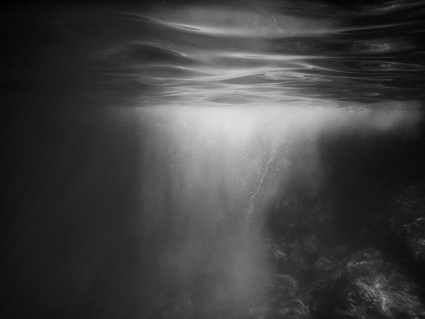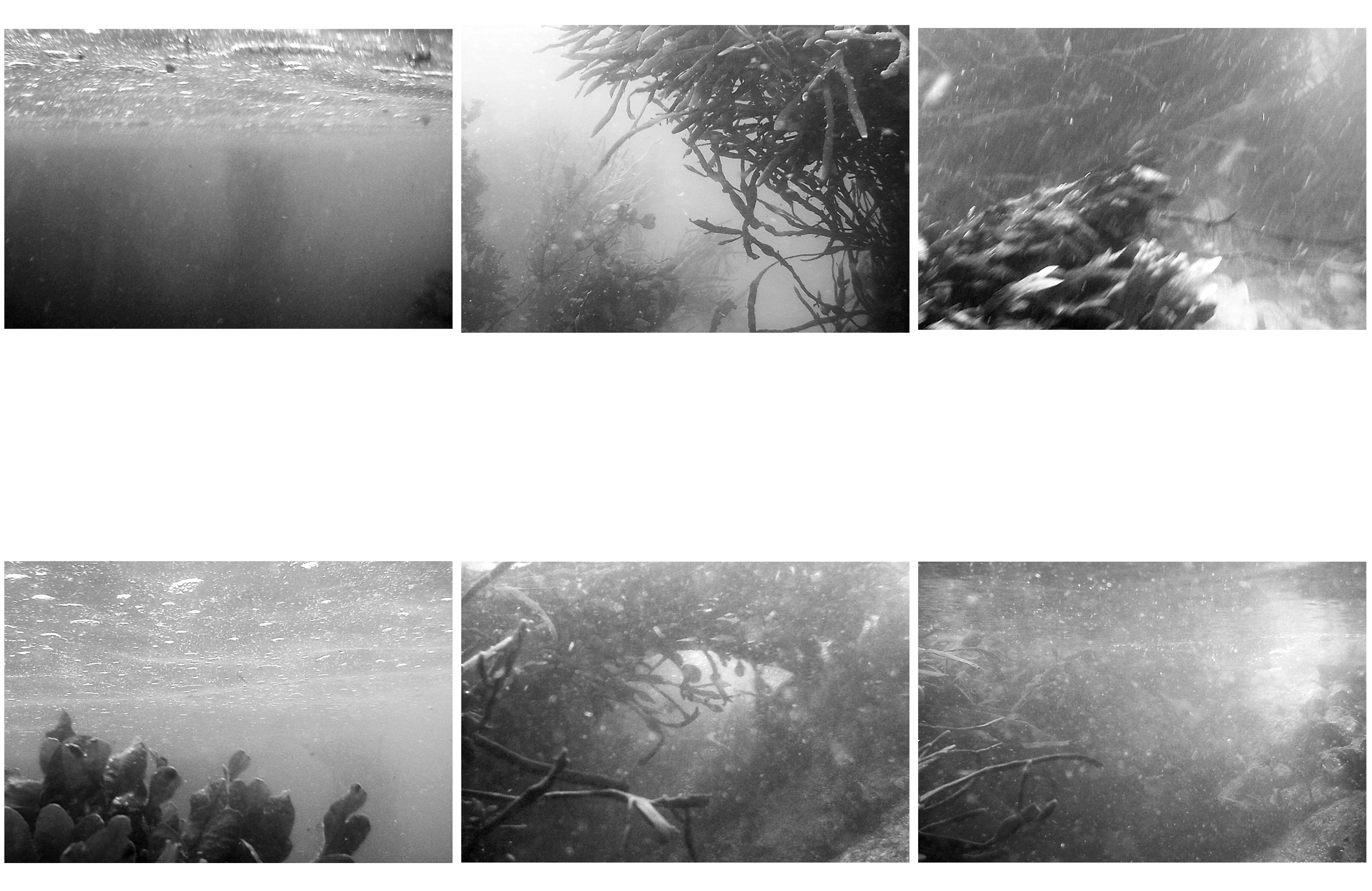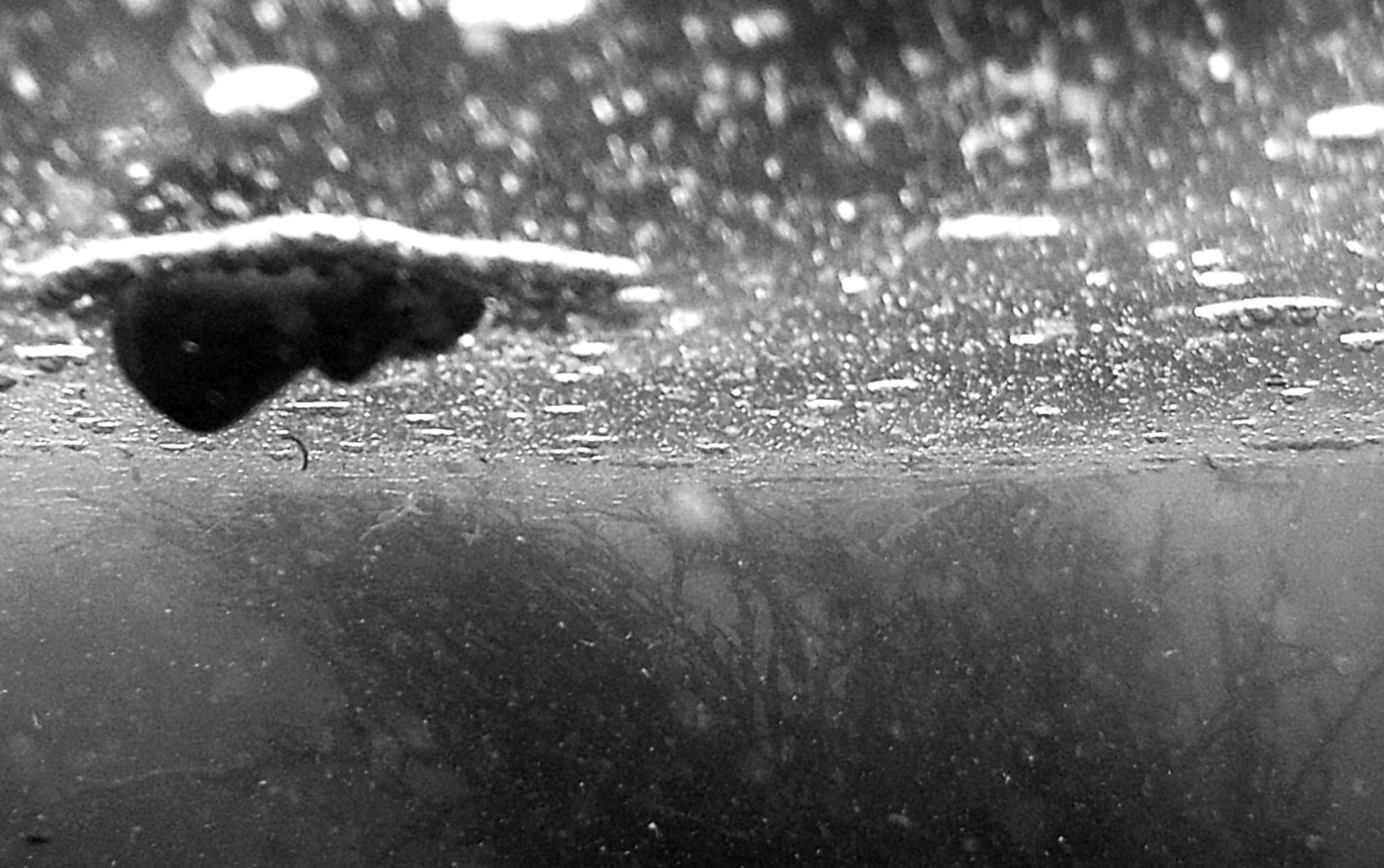Tanja Deman is an artist who creates art that is heavily influenced by her desire in exploring the “perception of space and her relationship to nature”. This photography’s purpose through by examining built legacy or natural sites, is to highlight the development, structure, and functions of human society by exploring the idea of space. In exploring space, Tanja Deman reflects “dynmamics hidden under the surface of both the built and natural environment”. This theology is of great interest to me because I am personally looking at the idea of creationist values being apparent within nature, showing that despite, despite what man has made of nature, their are natural properties that were designed by a creator that still exist in coercion with their relationship with other forms of nature. This links back to the theory of creationism vs the theory of evolution because it reverts back to the idea that nature operates as one movement through all the various forms and elements. This also links back to the idea of freedoms and limitations in exploring creationism which explores why the elements are why they are and how the elements exist. In doing this I am comparing and contrasting the relationship science has between spirituality. Because Tanja Deman is exploring the features under the surface of natural environments, her work is also similar to mine in that she is suggesting that there is a reason and a cause for why change in nature occurs. Observing how legacy has impacted modernism within the natural landscape, Tanja Deman’s images reflect also the idea of how humans have lost their connection with nature as people forget often that they are part of it. These images are a collection that Tanja Deman worked in whilst being Archisle International artist in residence called “Sunken Garden”. These images reflect the hidden perceptions of underwater life, with the inclusion of landscapes offering a wide variety of different geomorphology, flora and fauna. This alongside with the creative use of sunlight, illuminating up these elements brings a sense of spiritual intimacy that relates and connects with our own human spiritual senses. However Tanja’s images depict a foreign and unfamiliar environment that really emphasises the idea of experience. As she explores the idea of man’s impact on the land, arguably contributing as a major factor as to why so many humans have lost their connection with the spiritual world within nature, Timothy Morton who describes the idea of hyperobjects as an example of global warming within the environment, change our experience of reality and force us to reconsider our relationship with nature and why we have such a particular one. Therefore Tanja Deman is visualizing the aesthetic experience whilst also highlighting how continued human activity causes us to be isolated from nature which isn’t what was necessarily intended for us.

I particularly like this image because of the light features but also as well how the composition has included an abundance and wealth of variety in terms of natural elements found within the sea. In a sense Tanja Deman is photographing natural elements, in their natural environment, fulfilling their natural purposes that all work in cohesion as one movement of nature. I particularly like the strong contrast levels that help distinguish and evoke the differing roles an importance of these individual roles in sustaining the whole habitat within the image. From a scientific point Tanja Deman is clearly documenting these elements and their roles, however from a religious/creationist point of view, I believe Tanja Deman has documented the very process of life that is intangible and can’t necessarily be physically described. For example I like how she has captured what appears to be looking like the depth of the environment is endless, symbolizing the power of nature but also posing the question of how we don’t specifically know the reason we are here. Furthermore the lighting features, shining light on all areas I also find particularly interesting because it further displays a strong sense of spirituality in that life is engaging with other life forms within the environment. Overall I believe this image is fascinating as it succesfully includes the how in nature, but also the why, which links heavily to my project of creationsim vs evolution as I am interested in why we are here vs how we got here.

I like this image a lot because because of how it represents the idea of the source of life. For example this is represented in how the light source is a single, natural light source. I like how elegantly simple this is as it invokes how everything is reliant of this but also how everthing and how it changes, can all trace back to the one same simple process. This is interesting as it links to the idea that change can only occur if it is given the natural substance to do so which in turn is originally by some creator. Furthermore, the significance of this light source is symbolic because as light is shining through the dark depths of the sea, it reaches everything, emphasizing the idea that everything has been created by and for a creator. I also particularly like how the photographer has included the surface of the water, appearing almost as if light is coming through a mirrorless surface, but we cannot necessarily see what is through it. I believe this is successful because it is further sombolic of the depths of the reaswons for change and how we don’t necessarily understand it – as a limitation, but as a freedom we are part of it as we are one with nature ourselves and likewise with the environment we dont have to understand it, but we can make use of nature and the spiritual relationships that coexist between each element.

























